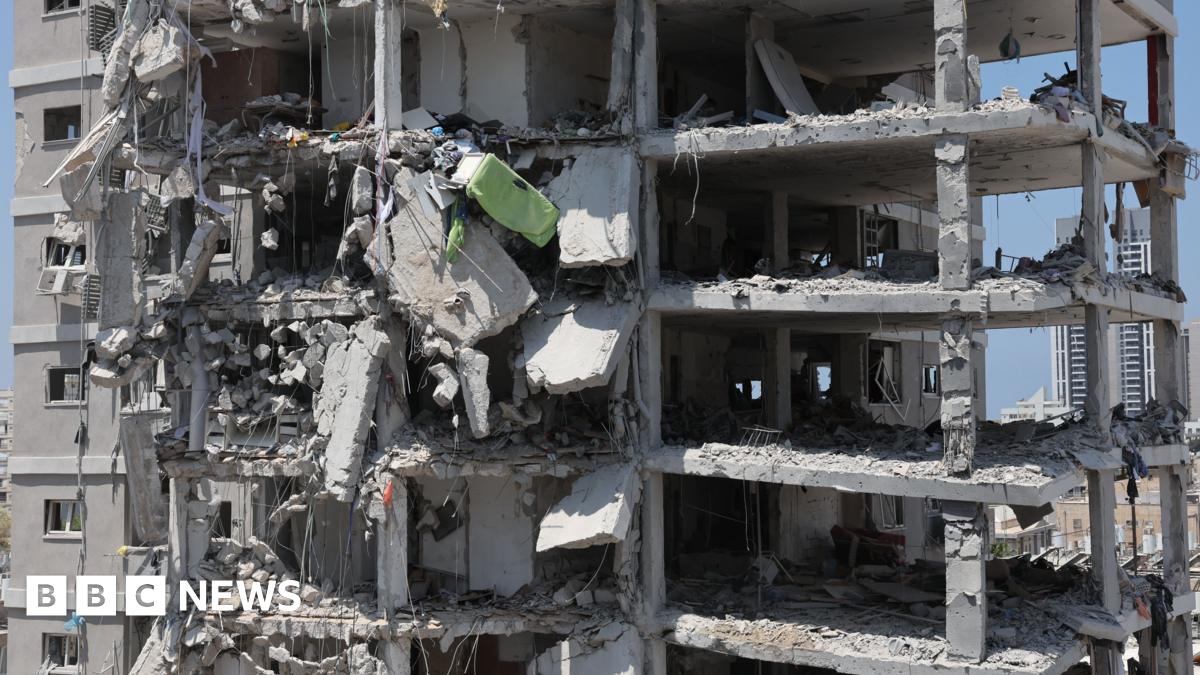Iran Launches New Nuclear Site Amid UN Scrutiny, Escalating Regional Tensions

Tensions in the Middle East are escalating as Iran announced the construction of a new uranium enrichment facility in response to recent criticism from the International Atomic Energy Agency (IAEA). This move, confirmed by Iranian officials, comes after the IAEA passed a resolution expressing concerns over Iran’s nuclear program and lack of cooperation with inspectors.
The IAEA's censure highlights ongoing anxieties surrounding Iran's nuclear ambitions. The resolution, while not imposing immediate sanctions, signals a growing international concern and puts further pressure on Iran to adhere to the terms of the 2015 nuclear deal (JCPOA), which was unilaterally abandoned by the United States in 2018.
Iran’s response has been defiant. The establishment of the new enrichment center is seen as a direct challenge to the IAEA and a demonstration of Iran’s resolve to continue its nuclear program, albeit for what it claims are peaceful purposes – primarily energy production and medical isotopes. Details regarding the location and capacity of the new facility remain scarce, but Iranian officials have stated it will be “advanced” and “modern.”
The broader geopolitical context is crucial to understanding this development. The United States and Israel have long expressed deep skepticism about Iran's nuclear intentions and have repeatedly called for stricter monitoring and potential military action to prevent Iran from acquiring nuclear weapons. The Biden administration has signaled a willingness to re-engage in negotiations to revive the JCPOA, but progress has been slow, complicated by Iran’s demands for sanctions relief and guarantees against future US withdrawal.
What does this mean for the future? The construction of the new enrichment site significantly raises the stakes. It provides Iran with more capacity to enrich uranium, potentially bringing it closer to the threshold for producing weapons-grade material, even if that is not its stated goal. This will likely lead to increased pressure from the US and Israel, potentially triggering further escalation and regional instability. Diplomatic efforts to de-escalate the situation will become even more critical, but the path forward remains fraught with challenges.
Analysts warn that this situation could easily spiral out of control, leading to a military confrontation. The IAEA’s role in verifying Iran’s compliance with international agreements is also under scrutiny, with calls for enhanced inspection powers and greater transparency. The international community faces a delicate balancing act: maintaining pressure on Iran to curb its nuclear program while avoiding actions that could trigger a wider conflict.
The situation is fluid and evolving. Further developments are expected in the coming weeks and months, with potential ramifications for regional security and the global non-proliferation regime. The world will be watching closely as Iran and the international community navigate this increasingly complex and dangerous situation.






